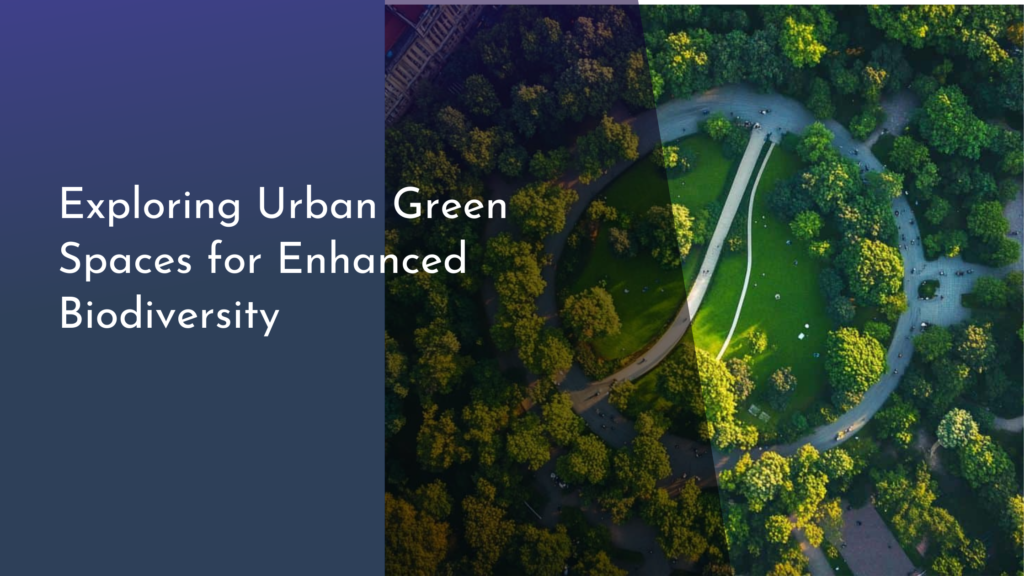Sustainable Rooftop Parks in Urban Areas
As urban populations swell and the need for green spaces becomes increasingly urgent, cities around the world are discovering an innovative solution: rooftop parks. These elevated green spaces not only combat urban heat but also provide vital environmental, social, and economic benefits. By transforming unused rooftops into lush parks, cities can create vibrant havens that enhance urban life and promote sustainability. In this article, we explore the rise of rooftop parks, their many benefits, design considerations, and some inspiring examples that demonstrate the potential of these unique spaces.
Transforming Urban Spaces: The Rise of Rooftop Parks
In recent years, cities have recognized the potential of rooftops as underutilized spaces that can be transformed into thriving parks. From New York City to Tokyo, urban planners and architects are reimagining rooftops as vital green areas that contribute to the ecological and aesthetic quality of urban life. This trend is not only about beautification; it’s a proactive approach to combatting urban challenges such as air pollution, heat islands, and a lack of recreational space. The rise of rooftop parks is emblematic of a broader movement toward sustainability in urban environments, where every square foot of space is maximized for communal and ecological benefit.
The appeal of rooftop parks also lies in their multifunctional capability. These spaces can serve various purposes, from community gardens and picnic areas to open-air classrooms and art venues. By creating a blend of ecological habitats and social gathering spots, rooftop parks offer an opportunity to reconnect city dwellers with nature while fostering community engagement. The integration of greenery into urban architecture not only enhances the ambiance but also provides a much-needed respite from the hustle and bustle of city life.
Benefits of Rooftop Parks: Greenery in the Concrete Jungle
Rooftop parks bring a variety of benefits to urban areas, starting with environmental impact. They help to mitigate the urban heat island effect, a phenomenon where urban areas become significantly warmer than their rural surroundings due to human activities and infrastructure. By cooling buildings and surrounding areas, rooftop parks can reduce energy consumption for air conditioning, leading to lower greenhouse gas emissions and a smaller carbon footprint. Furthermore, these parks improve air quality by absorbing pollutants and releasing oxygen, contributing to healthier urban environments.
Social benefits are equally significant. Rooftop parks provide much-needed green space in densely populated areas, offering residents a place to relax, socialize, and engage in recreational activities. They can promote mental well-being by providing an oasis of green amidst concrete, encouraging outdoor exercise, and serving as venues for community events. Moreover, well-designed rooftop parks can enhance property values and attract businesses, ultimately benefiting the local economy. As urban populations continue to grow, the importance of these green spaces cannot be overstated.
Designing Sustainable Rooftop Parks for Community Wellness
Creating successful rooftop parks involves thoughtful design that prioritizes sustainability and community needs. When planning a rooftop park, factors such as weight distribution, waterproofing, and drainage must be carefully considered to ensure the structural integrity of the building. The selection of native plants is also crucial; they are often more resilient and require less maintenance and watering than non-native species. Incorporating features like rain gardens, green roofs, and solar panels can further enhance the sustainability of these spaces, creating a harmonious balance between nature and urban architecture.
Community involvement in the design process is essential for the success of rooftop parks. Engaging local residents in planning and decision-making fosters a sense of ownership and belonging, ensuring that the park meets their needs and reflects their interests. This can include incorporating spaces for gardening, play areas for children, or quiet spots for reflection. By prioritizing community wellness through thoughtful design, rooftop parks can become vibrant destinations that promote not only environmental sustainability but also social connection and personal well-being.
Inspiring Examples of Successful Urban Rooftop Gardens
Across the globe, several cities have successfully integrated rooftop parks into their urban landscapes, showcasing the transformative potential of these green spaces. One prime example is the High Line in New York City, a former elevated railway transformed into a public park that features walking paths, gardens, and public art installations. This innovative project has rejuvenated the surrounding neighborhood, attracting visitors and residents alike to enjoy its unique blend of nature and city life. The High Line exemplifies how a vibrant rooftop park can become a beloved urban landmark.
Another inspiring case is the Bosco Verticale in Milan, Italy—a pair of residential towers adorned with thousands of trees and plants on their balconies and terraces. This vertical forest not only enhances the building’s aesthetic appeal but also improves air quality and biodiversity in the area. The project highlights the importance of integrating nature into urban design, demonstrating that sustainable architecture can thrive alongside urban living. As cities around the world embrace the concept of rooftop parks, these examples serve as guiding lights for future urban developments, illuminating the path toward greener and more livable cities.
The rise of sustainable rooftop parks represents a hopeful shift in urban development, merging green spaces with city living. By embracing these innovative solutions, cities can create healthier, more connected communities that prioritize both environmental sustainability and social well-being. As we look toward the future, the potential for rooftop parks to transform urban landscapes is boundless, serving as a testament to human ingenuity and the enduring need for nature in our lives. With continued support and community involvement, the next wave of rooftop parks may soon be sprouting up in cities around the world, offering a breath of fresh air amidst the concrete jungle.

